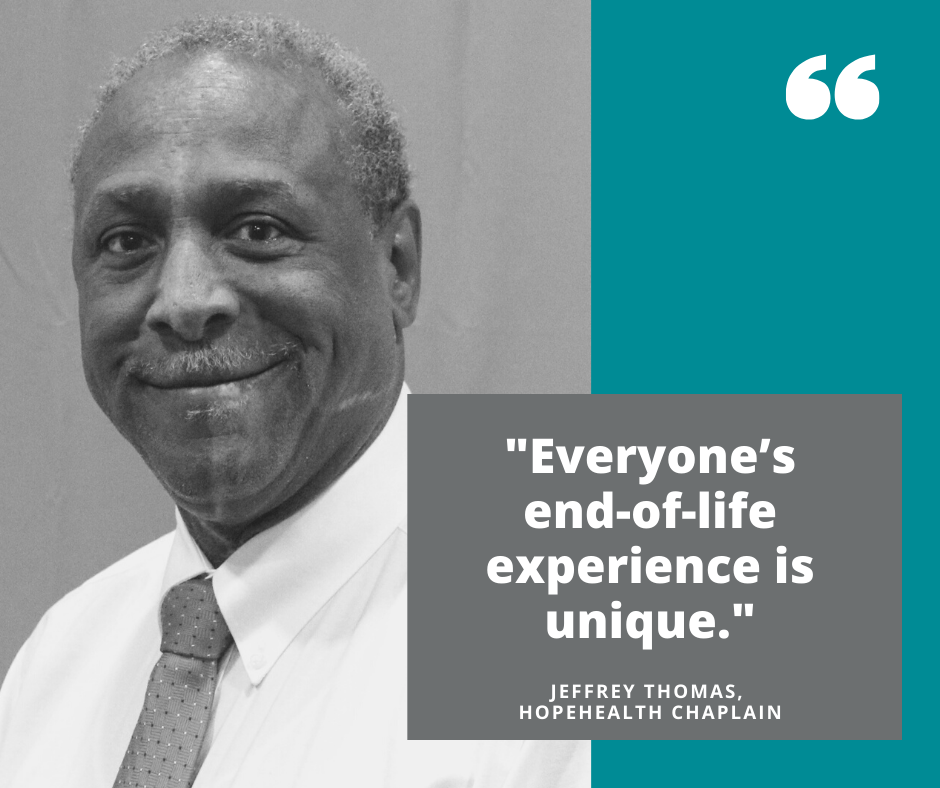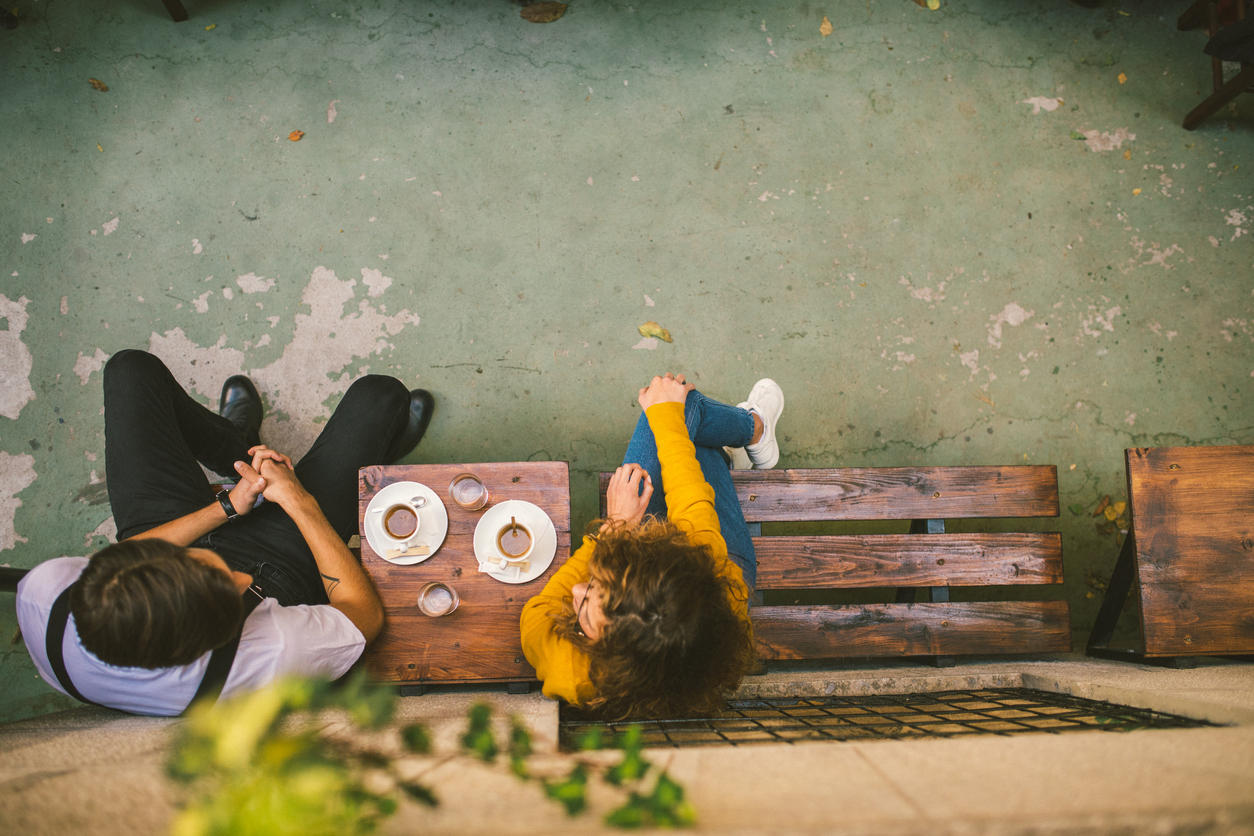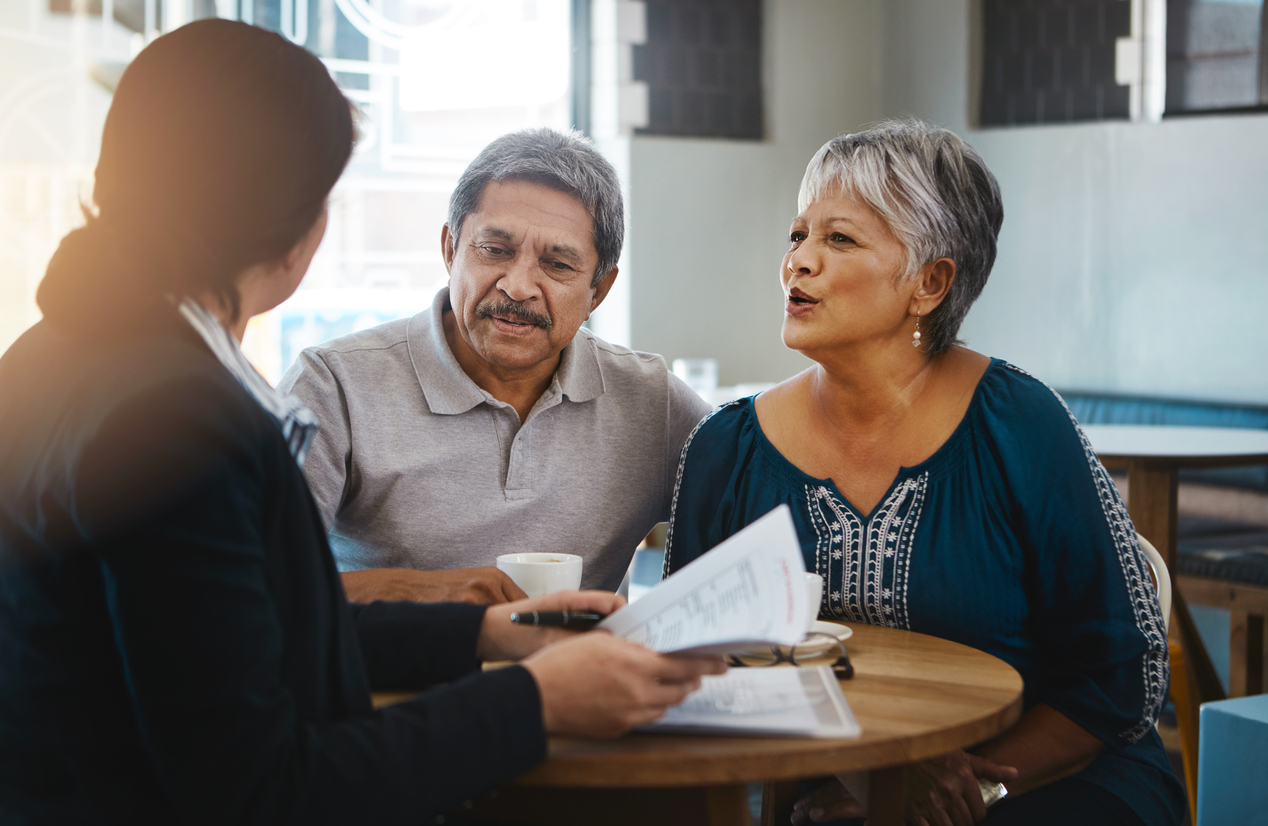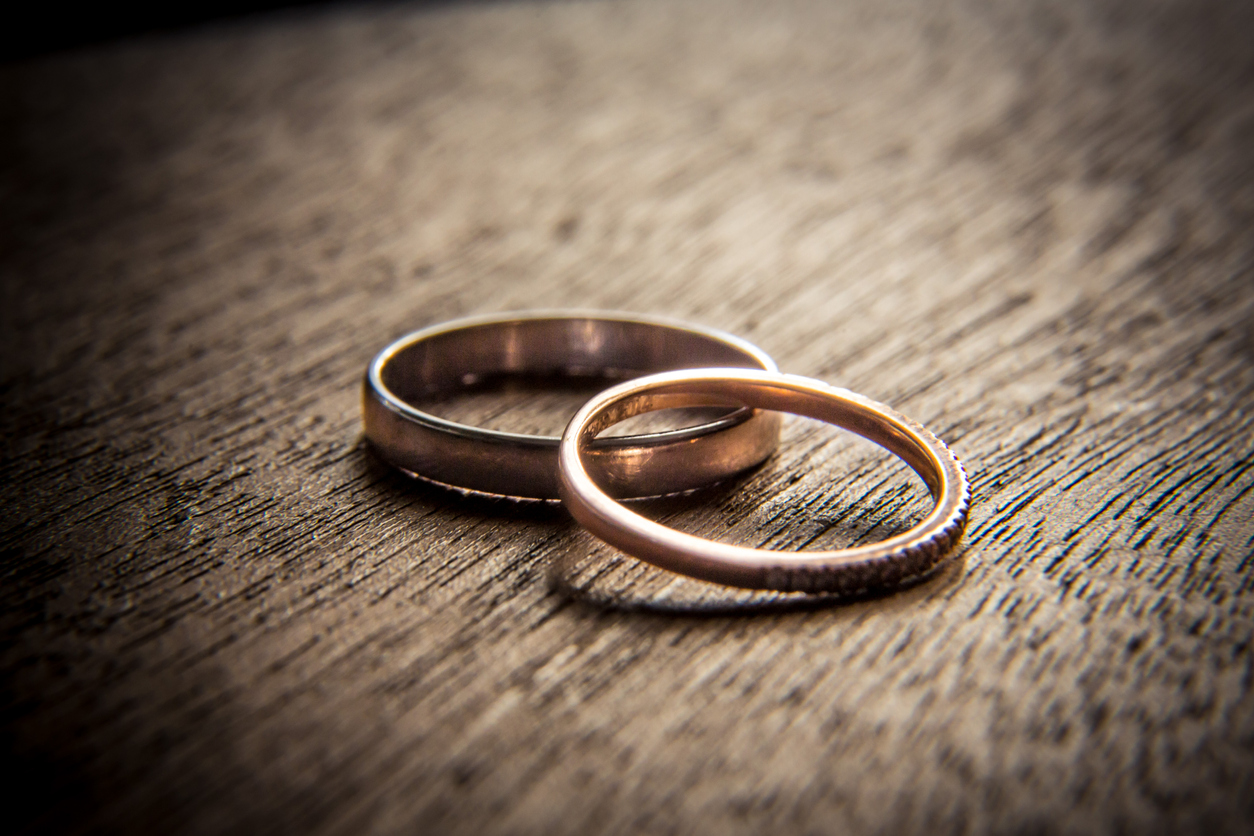In my role as hospice chaplain for HopeHealth, I support the spiritual needs of people approaching the end of life, as well as that of their families.
Spiritual support in a vital element in the team-based approach to hospice care. In addition to care from nurses, doctors, social workers, hospice aides and volunteers, every patient receives a visit from a hospice chaplain.
As chaplains, we don’t represent any particular religion or denomination. We meet with Christians, Jewish people, Buddhists, Hindus, agnostics and atheists. The common thread is an offering of spiritual care.
Now, what is spiritual care? It’s whatever you want it to be. It is what fulfills you.
For people who practice an organized religion, end-of-life spirituality is about following and taking comfort in the end-of-life rituals of their faith. Others might choose to contemplate their relationship with God more informally.
And for many people, spirituality simply means connecting with another human.

We also don’t offer advice or answers. Instead we ask open-ended questions and meet people where they are.
The comfort of conversation
I perform many roles as chaplain but they all start with chatting. I listen, ask questions, and hopefully my conversations bring comfort and peace.
When I meet with a patient we can talk about anything and everything: family, work life, home life—even music or nature. Anything that fills someone’s life with meaning, or truly moves them, is spiritual.
It’s not uncommon for people to have diminished social contact as they get sicker. They might feel uncomfortable opening up or have few people left to communicate with. It brings comfort when someone like me takes interest.
It’s important to note that chaplains don’t poke, prod or pry. We also don’t offer advice or answers. Instead we ask open-ended questions and meet people where they are.

Some people are comfortable talking about death.
For example, I once had several lovely chats with a sociable woman in hospice care. On a table in her home were four small pieces of paper in different colors. Every time a new visitor came by, she polled, “Which color do you think I should use for my funeral program?”
Similarly, I recall a woman combing through photographs with her children, deciding which ones to display at her wake. For them, reminiscing over old times was spiritual.
Some people turn to chaplains to share heavy loads they’ve been carrying for a lifetime. We hear stories of trauma, shame, guilt or secrets.
But not everyone is comfortable talking about death or dark subjects. So we talk about lighter things, and those conversations are no less important.
Some don’t want to talk with chaplains at all and decline our services. That’s okay, too.
A chaplain’s other hats

Besides listening, chaplains also serve as planners and organizers.
We might contact a church, synagogue or temple on behalf of a family to make funeral arrangements. It can be a relief for loved ones to have someone take that administrative task off their plate.
For example, I’ve helped Hindu parents make advance funeral arrangements for their sick child to be buried as soon as possible after passing, in accordance with their beliefs.
In addition, I have delivered symbolic offerings to a Buddhist temple at the request of a bedridden patient, and I co-led a Native American funeral with a medicine man.
It was a gut-wrenching wedding ceremony—but so, so beautiful.
Believe it or not, I’ve even conducted a wedding as a hospice chaplain.
Patricia and James* were a couple in their 40s that I had the privilege of befriending when Patricia was on hospice at home.
During one of my visits, she and James lamented never marrying after eight years together. “Well, do you want to get married?” I asked. “We can do that.”
They loved the idea and got busy planning. On later visits I heard Patricia talk with her mother talk about the wedding dress and how to arrange her kitchen for the ceremony.
The big day came, and in the presence of about a dozen loved ones Patricia marched down the hallway into the kitchen. She and James joined hands as I united them in matrimony. It was a gut-wrenching wedding ceremony—but so, so beautiful.
When it was time for their first dance, they surprised everyone by playing the sixties classic, “Monster Mash.” Apparently it was their favorite song!
Sadly, three weeks later I was asked to lead Patricia’s funeral. But her wedding served as a reminder of the joys we can still experience at end of life.

What unites us at the end
Everyone’s end-of-life experience is unique, but if there’s one truth I’ve found to be nearly universal, it’s that death and dying does not discriminate based on one’s station or status in life.
Facing death really takes away the fluff we stack around ourselves to identify who we are and what we are. In the last days of hospice, we are just human beings seeking comfort and compassion from others—and hopefully finding it.
*Names changed to protect patient privacy.

